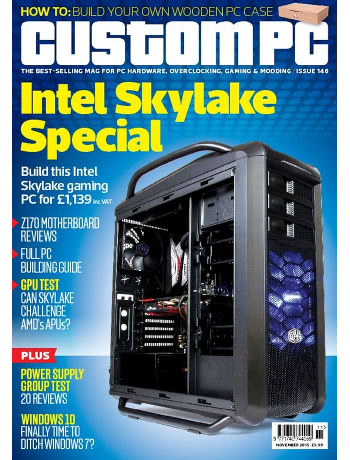
First, the Mooltipass BLE. I reviewed the Mooltipass Mini – itself a successor to the original, bulkier Mooltipass – back in Issue 168: a compact, metal-encased device, the Mooltipass Mini holds your passwords in encrypted storage accessible only using a smartcard and four-digit hexadecimal PIN. I’ve been using the Mooltipass Mini with great success since its launch, but it’s always a bit of a pain to use with a mobile device – requiring a USB cable and OTG adapter.
The Mooltipass BLE aims to fix that, by integrated a Bluetooth Low Energy radio. While it can still operate in tethered USB mode, the Bluetooth radio plus internal battery give it a newfound freedom – though my experience is as a beta tester, with finalised and fully-functional firmware still under active development before the device goes on open sale.
The FLIR ETS320, by contrast, is a fully-finished piece of hardware. Regular readers will know that I’ve long been an advocate of thermal imaging analysis for revealing the secrets of electronic devices, and the ETS320 is a considerable upgrade from my usual FLIR C2: the 80×60 resolution thermal sensor of the C2 is replaced by an impressive 320×240 version in the ETS320, at the cost of a dramatically reduced maximum focus distance. I’d also like to thank FLIR for its partnership: the ETS320 has become a permanent fixture in my toolkit, and will be used alongside the C2 for thermal analysis in future hardware reviews.
Finally, the Raspberry Pi 4 Model B 2GB. While the board itself isn’t new, its pricing is: Raspberry Pi Trading recently decided, prompted by falling RAM prices, to retire the 1GB model and make the 2GB model the new entry point into the family. “2GB is a much more viable desktop platform than 1GB,” RPT chief executive Eben Upton told me in an interview for the column. “1GB is great for embedded, but for a desktop platform it’s just a little bit too tight. What it means is that we’re now back to having a really viable desktop machine at our signature price point.”
The full column is available now in Custom PC Issue 201 at your local newsagent, supermarket, or for global delivery from the official website.

